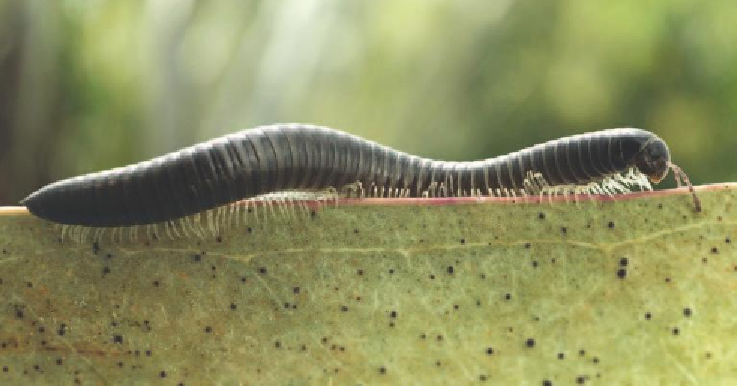Biology Reference
In-Depth Information
Figure 5.15:
Portuguese Millipede. (Photo © CSIRO)
Granite outcrop restoration
Damage to rock formations and fragile microhabitats such as flakes and
exfoliations can have a long-lasting effect on rock-dwelling plants and animals.
Permanent damage can be caused by illegal reptile collectors, rock-climbers,
trampling by stock, extreme fire events, quarrying activities and bush-rock
collectors. Bush-rock removal is a threatening ecological process but can be
extremely difficult to regulate and in many cases mossy rocks are extracted from
privately owned bushland. Ideally rocks should be sourced from existing quarries.
Anyone wishing to use rocks to decorate gardens should ask their local nursery or
rock supplier where the rocks come from.
Recreational activities - rock-crawling
'Rock-crawling or rock-hopping' is an extreme off-road American motor sport
which is gaining popularity in Australia. Purpose-designed and constructed
dune-buggies are craned on top of rock outcrops where drivers then have to
negotiate a course which involves scaling large boulders and rock piles. Rock-
crawling can cause substantial damage to rock formations and vegetation. Once
these microhabitats are lost they are not easily replaced.
Revegetation programs
Revegetation programs are becoming increasingly common in agricultural
landscapes (see Chapter 3). Plantings near rocky outcrops should be designed
carefully so they do not compromise the quality of these environments for rock-
dwelling flora and fauna. There is potential for tree plantings to have a negative

